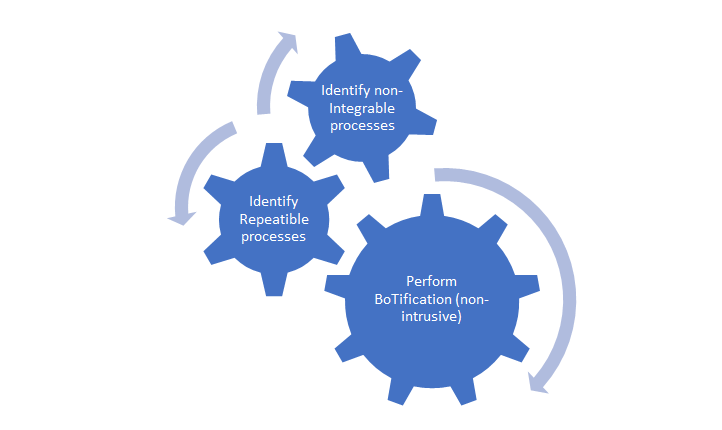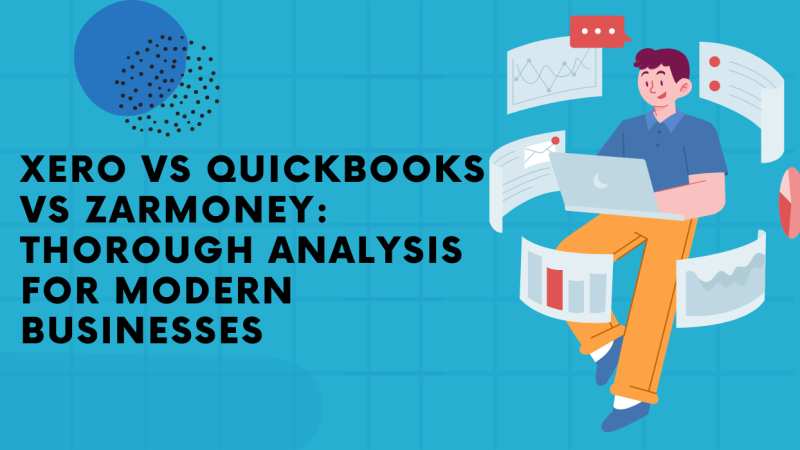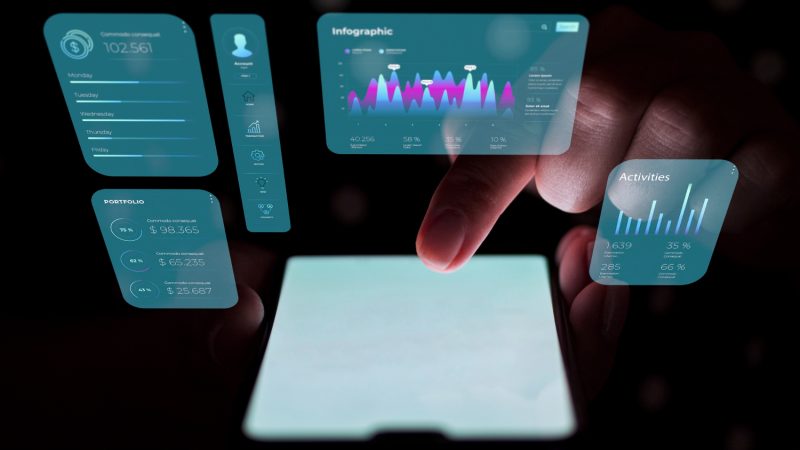Top 5 Trends on Intelligent Process Automation to Align with your Organizational Strategy

Premise
Every organization’s success depends upon repeatability. This is quite an intuitive fact which gives rise to subjects like process efficiency and process speed. Businesses don’t operate in vacuum and macro-economic forces are always at play. This causes processes to be made more and more efficient through the means of Business process management. However, already efficient process would require speedy and error free repeatability, which brings us to usage of Robotic Process Automation. Use of AI in complex heuristic decision making is still maturing in the industry.
Current treatise deals with indicators to embark on “intelligent” automation journey and how it can gain from process redesign and machine enabled decision making. It is interesting to note that many markets leading platforms such as Pega, Appian, and IBM are focusing towards a digital trident based offering (BPM, RPA and AI).

Exhibit 1: Identification and BoTification
It is very important to note as to what we call automation, before we start discussing about the trends. RPA designates to a group of software solution which enables code to perform the set of activities as a human would do by traversing multiple applications to complete a business process. Thus, eliminating human intervention in error prone, mundane and repetitive processes. This not only puts the manpower to more intuitive use but also saves capital for the organization.
Few examples include :
- Reading of invoices, comparing them with shipment invoice and making manual entries into the Invoicing software.
- Fetching customer’s policy and claim records from an API less legacy system is another use case.
Story of 5 Trends
First Trend to follow is to go beyond “as-is”: Many companies progress tactically as they would like to test the technology fitment in their unique context. The “as-is” approach assumes the same working steps to be followed by the code as it was done by a human. This approach would immediately cause savings and with due increase in level of automation in the enterprise this saving would increase. However, the saving would stagnate as the arbitrage used was based on only human factors. There was no focus on process (process improvement/redesign) and technology (integration) the other two dimensions of improving any capability.
With our experience over 40+ customers, we have seen that process analysis pre-automation leads to quite a few redesign opportunities as there are either human or technical inefficiencies which can be corrected. Making a bot perform the same thing as a human will make the system continue making the same mistake with more speed and accuracy. This happens when business process is complex, and steps are archaic. During codification, utilizing this opportunity to revisit and redesign would make absolute sense. It has been also found that some human-in-the-loop business tasks can be turned into Artificial Intelligence based tasks (for e.g., any routing scenario), based on years of captured data. A leading health care company in Australia, had a classic implementation of Intelligent Process Automation. They had an overwhelmed L1 staff who were struggling to put the tickets in the right queue due to sheer volume. After interviewing the service lead it was found that there were clear “classification” data the L1 staff used to follow to ensure the right queue for the ticket. This set the team up for a perfect implementation of an AI BoT to perform classification and to queue to the right expert team (or queue).
Second Trend is increased efficiency in interaction with systems.
- Impervious Systems: There are legacy systems in many organizations which contains sensitive information around products and customers and organizations are not at ease to expose these systems in any technological form i.e., APIs. Now due to changing needs of customers and increasing number of digital channels, it becomes imperative to access these data elements without any error and with speed and any at time of the day. This introduces RPA as savior which can provide a BoT to emulate human’s access to legacy systems and use computer vision capabilities to read, capture and process the details. Aviva UK has been using BluePrism’s computer vision capabilities to capture information from their legacy policy system on IBM Mainframe called Unisure. There was a strict policy of not exposing the mainframe via any API lest there is a cyber-attack. Thus, modern BPM systems like Appian were making a call to this information read/write BluePrism BoT as and when required.
- Minimizing Repeated Interactions: Vendors are currently providing out of the box integrators to read any additional data required to facilitate the process. Also, manual data validation is no longer required as they can all be now codified.
- Increased communication
Automation-based process design can bring in some useful features at marginal or no cost. For example, constant communication with customer during their order processing is a trend where certain organizations omit steps as it is found to be manual and expensive. But with this, it has become very easy.
- Handling Cases with Unstructured Inputs
Intelligent Automation enables bots to also pre-process unstructured information (documents) based on AI and interpret structured data required from it and pass it on to the BoT to perform processing of a case.
Third Trend is ensuring both Macro RoI and Micro RoI are positive.
It is quite evident that a thorough view of business processes and their technical implementation applicability is not just about technical feasibility but also is about economic feasibility. For e.g., a company newsletter is manually created, proof read and sent out to all the employees and shareholder of the company on a monthly basis need not be a direct automation candidate based on the subject, cost of bot implementation versus manual involvement cost. It is always a good practice to note that the business processes are well laid out and for each case RoI is found and the case justifies itself to be a candidate for automation.
Process redesigning during automation implementation will surely increase the engagement duration and cost however the long term RoI will be higher. No doubt, even with the as-is business process automation, the tactical value gained will still be great.
Fourth Trend is Organizational Acceptance
Intelligent Automation implementations raises the question of redundancies. It is thus important for the success of such programs that the humans making way to the BoTs cooperate with their knowledge. However, with jobs at stake such cooperation may look difficult. Thus, it is very important for the organization to lay out a plan for such employees such as starting to involve them on the redesigned process while implementing the change which will ensure that human workers are utilized towards business activities useful to both enterprise and worker’s skill set. Thus, isolated implementation would result in loss of IP, which could be useful to bolster re-engineered business processes to meet the future challenges.
Fifth and Final Trend is Platform journey
Choice of Vendor: To embark on this journey, it will require a bit of homework where in clear understanding and documentation of business processes including system interactions is a mandatory. Once that is done multiple Vendors can be identified from the market who would be market leaders in the industry (UiPath, Automation Anywhere, Workfusion) and they should be able to provide confidence by demonstrating implementations around the bouquet of use cases. A cost benefit comparison would be helpful in selecting.
Center of Excellence formation: Many organizations which embark on automation journey with a strategic mindset start creating a center of excellence where they have their process and technology champion to identify right partnership for achieving business process automation (vendors/ implementation partners like Tech Mahindra, Infosys etc.) and create a delivery governance framework to ensure organization aligned and IT best practices being followed. This team can ensure that right fitment of tool is taking place through proof of concepts. Subsequently the programs are given shape by ensuring CoE’s guidance and oversight.
Future is bright…
Nature of RPA based automation, by principle, is non-intrusive. However, pre-implementation studies (by using process analysts and process mining tools like Celonis) always provide rich information for process transformation. This additional information will not only modernize the current enterprise but also go beyond immediate RoI provided by as-is implantation. The bulk of data from current processes can also enable rich analytics and enable intelligent decisioning which can eliminate or illuminate human intervention.
For any modernization to be successful, organizations must have long term and short-term strategy around transforming their business processes.
_______________
Author Bio
Diptojeet Mukhopadhyay
Delivery Head – Tech Mahindra Business Process Services
Diptojeet Mukhopadhyay is Digital Process Automation expert with 23 years of end-to-end automation delivery experience across the globe. He has experience across Customer management, Practice & CoE Management, and Technical Delivery Management etc. Diptojeet comes with deep expertise in DPA Transformation leveraging market leading tools and technologies. He has also been engaged in multiple consulting studies across the globe for some of the leading brands across North America, UK, Middle East and Australia. He is also a Togaf 9 certified Enterprise Architect with additional certifications in UiPath, Appian and Pega.






